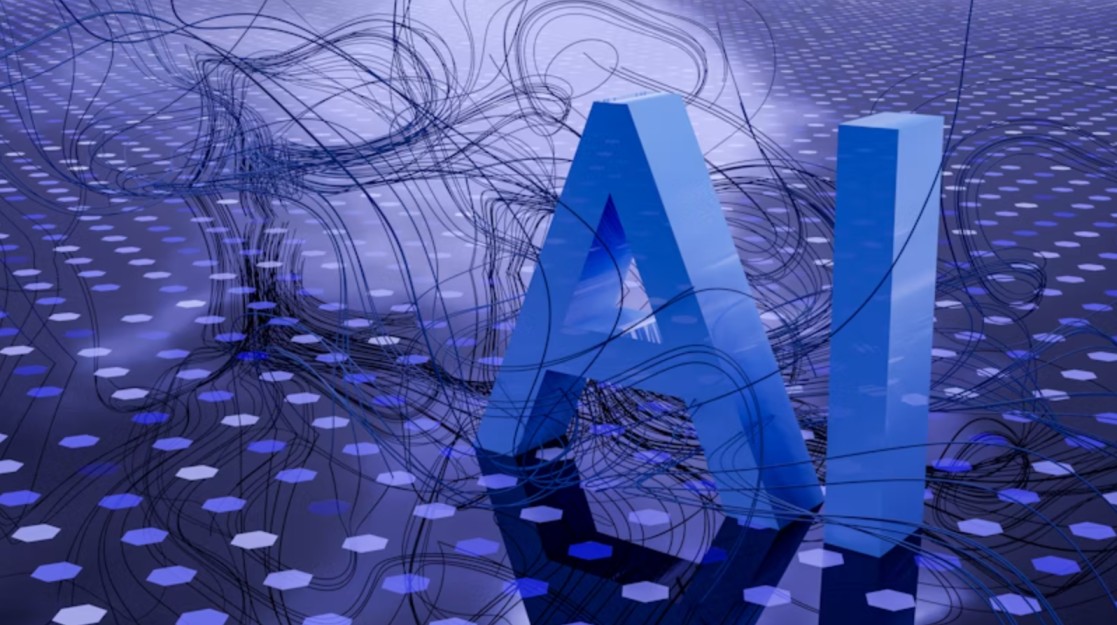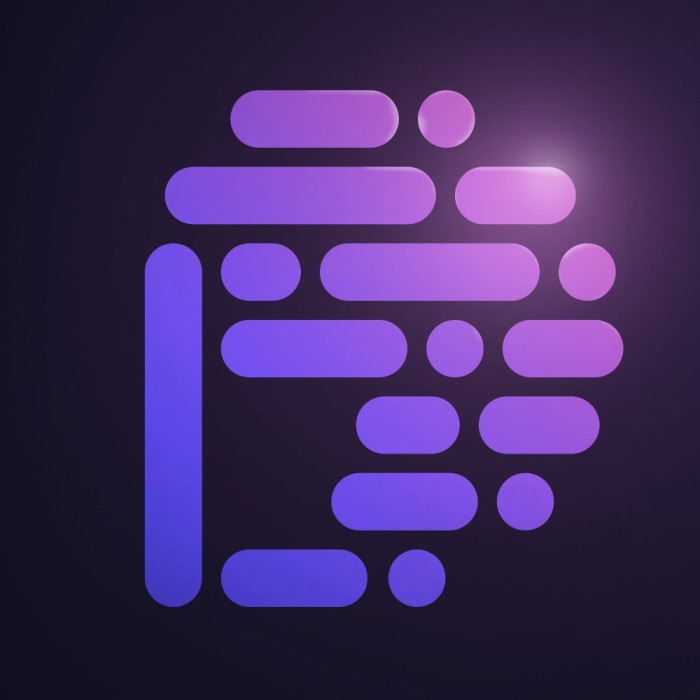

bongoDev
Modern Deep Learning Architectures Explained - bongoDev
The Evolution of Modern Deep Learning Architectures
Deep learning has changed the world of artificial intelligence, allowing machines to understand text, images, speech, and much more. Modern deep learning architectures use advanced techniques to make models smarter, faster, and more accurate. Let’s explore some of these architectures and how they work.
1. Transformer Models: Powering Language and Beyond
Transformers are one of the most important breakthroughs in deep learning, especially for natural language processing (NLP). Unlike older models, transformers can understand relationships between words no matter how far apart they are.
- Attention Mechanisms: Transformers use attention to focus on important parts of the input. For example, in a sentence, the model can pay more attention to important words and less to irrelevant ones.
- Self-Attention: This technique allows every word to compare itself with every other word in the same sentence. This helps the model understand context better, even for long sentences.
- Multi-Head Attention: Instead of using one attention layer, transformers use many attention "heads." Each head focuses on different types of relationships — for example, grammar, meaning, or specific phrases.
- Position Encoding: Since transformers process all words at once (instead of step-by-step like older models), they need a way to understand word order. Position encoding helps the model know which words come first, second, third, etc.
2. Vision Architectures: Deep Learning for Images
Deep learning is not just for language — it has also transformed how machines understand images. Modern vision models combine traditional techniques with new ideas for even better performance.
- CNN Advancements: Convolutional Neural Networks (CNNs) are still the backbone of many vision systems. Researchers have improved CNNs with better layer designs, activation functions, and regularization methods.
- Vision Transformers (ViT): Inspired by transformers in language models, Vision Transformers divide images into small patches and process them like a sequence of words. This allows them to capture relationships between different parts of an image.
- Hybrid Models: Some models combine CNNs and transformers to get the benefits of both — CNNs for local feature extraction and transformers for understanding long-range relationships.
- Feature Extraction: Modern vision architectures are very good at automatically finding important features, such as edges, textures, and object parts, which helps improve classification and object detection accuracy.
3. Best Practices for Implementing Modern Architectures
Using these modern architectures effectively requires following certain best practices to make sure your models are efficient and easy to manage.
- Framework Selection: Choose the right framework for your needs. TensorFlow, PyTorch, and JAX are popular options. PyTorch is often preferred for research, while TensorFlow is great for production deployments.
- Training Optimization: Modern architectures can be very large, so training them can be expensive and slow. Use techniques like mixed precision training, gradient clipping, and learning rate scheduling to speed up training and improve stability.
- Hardware Utilization: Deep learning models run much faster on GPUs and TPUs. Choose the right hardware for your project size and budget. Cloud platforms also offer flexible options for training large models.
- Model Compression: After training, you can reduce model size using techniques like pruning, quantization, and knowledge distillation. Smaller models run faster and use less memory, which is especially useful for mobile devices or edge computing.
Modern deep learning architectures continue to evolve, making AI smarter and more capable across different fields, from language processing to computer vision. By understanding these architectures and following best practices, you can build more powerful and efficient AI systems for your projects.